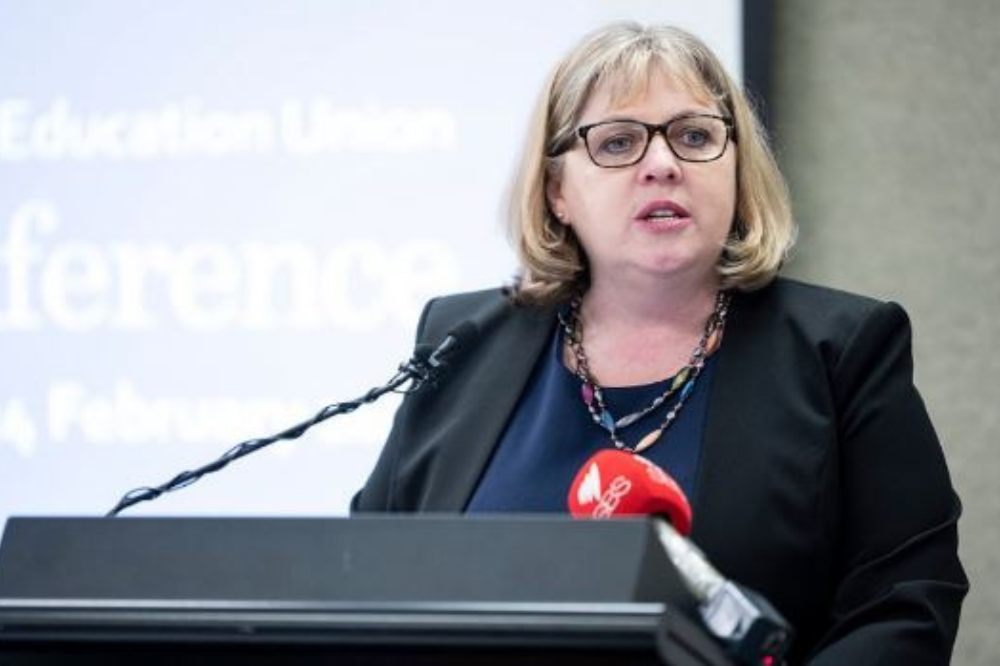
by Correna Haythorpe
Let’s forget the hysteria surrounding Australia’s results in the PISA school test and focus on the facts.
The global test of students drawn from Year 9, 10 and 11, was conducted last year after the unprecedented disruption of the COVID-19 pandemic.
Not surprisingly that had a dramatic impact on the results many countries recorded in the test.
OECD Secretary-General and former Australian finance minister Mathias Cormann described it as an “unprecedented drop in performance across the OECD”.
Australia defied that global trend. Our results were almost unchanged from 2018 except for an improvement in science. Less than 10 countries outperformed Australia in reading, maths and science.
This was despite the long periods of remote learning in some parts of the nation and 61% of students tested being in schools where instruction was affected by teacher shortages – up from just 17% in 2018.
This is not to say all is well in Australian education. Our performance on these international tests is mixed – two show a long-term improvement in average scores and PISA shows a long-term decline.
But more importantly, PISA and every other major assessment reveals the same uncomfortable truth about the lucky country – the connection between disadvantage and poor outcomes is too strong.
The entrenched gaps between high SES and low SES students and those living in the city and the bush are between 3 and 5 years of learning.
These achievement gaps are fuelled by resource gaps. PISA shows disadvantaged schools are more affected by teacher and material shortages compared to advantaged schools than in almost any other OECD country.
The human cost of this inequity should be enough to force politicians to act, let alone the social and economic impact. As the OECD says, the highest performing nations in education are those that combine equity with quality.
Rewind a decade and you will find these were the arguments for change mounted by the landmark Gonski Review. In an effort to end the inequity, it created a Schooling Resource Standard as a measure of the minimum funding every school needs to meet the needs of their students.
The SRS was adopted by governments across Australia but only 1.3% of public schools are resourced to it. By contrast, 98% of private schools are resourced at or above that standard. Government funding to private schools has increased at twice the rate it has to public schools in the decade since Gonski.
This is despite public schools being the ones that are entrusted with the task of creating equity in our education system – the schools that educate the vast majority of students with disability, those from disadvantaged backgrounds and remote areas and our First Nations students.
Closing the achievement gaps starts with closing the funding gaps. This is not about the new right-wing orthodoxy that politicians need to mandate how teachers teach and put students’ desks in rows.
This is about more teachers giving more students the one-on-one support they need to succeed. It is about early intervention and ensuring the 1 in 5 students who start school behind don’t stay behind.
We must invest in the teaching profession to stop the teacher shortages and give teachers the time and support necessary to meet the increasingly diverse and complex needs of their students in public schools.
Politicians have to wake up to the fact the workload crisis is real, and no amount of feel-good advertising can cover that up. Only 13% of public school teachers say their workload is manageable and one in five now leave within three years.
We need to strip away the compliance and administration work that gets between teachers and their students and rebuild the systemic support for them to be at their best.
The future funding of every public school in the nation is due to be decided by governments in the next year. What they do will be a much bigger test than PISA.
Correna Haythorpe is Federal President of the Australian Education Union.


